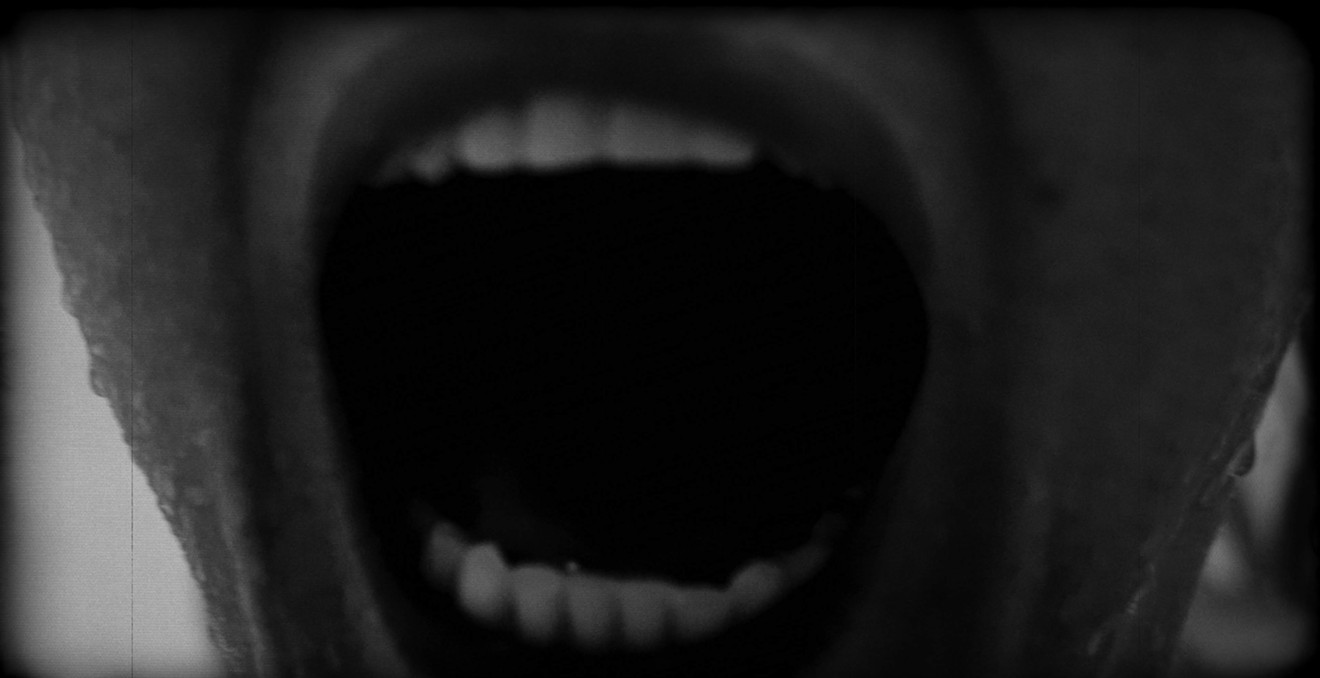The numbers in the title of 78/52: Hitchcock’s Shower Scene refer to the number of setups and shots that were required to create the shocking cinematic savagery that occurs less than an hour into the director’s 1960 masterpiece, Psycho. You know the scene: It killed off star Janet Leigh’s character — the movie’s nominal lead — in brutal fashion, and stunned audiences the world over. Those numbers are an appropriately nerdy detail for Alexandre O. Philippe’s gloriously obsessive deep dive into this unforgettable moment. Over an hour and a half, a wide variety of talking heads (39 editors, authors, directors, actors, scholars, sound engineers) talk about that shower scene: How it was done, how it works, why it works, and why it’s important — what made it historically seismic. A friend’s father once described it to me as “the cinematic equivalent of the JFK assassination.” Maybe that’s overstating it, but Psycho’s shower scene certainly did change cinema and pop culture forever.
The observations in 78/52 run from the particular to the mythic. Editors like Bob Murawski (Spider-Man, Army of Darkness) and Walter Murch (Apocalypse Now) get into the minutiae of the edits and effects. We learn about the 27 varieties of melons that were tested to find just the right sound of a knife ripping into flesh. (They settled on cassavas, for the record.) Meanwhile, writers like Stephen Rebello talk about how Psycho foreshadowed the political violence of the 1960s. Peter Bogdanovich observes that “It was the first time in the history of movies where it wasn’t safe to be in a movie theater.” Dust Devil director Richard Stanley compares the swirling water in the shower drain to the “pointless spiraling of the universe.” (My dude.) Another amazing detail: The fascinating history of the very symbolic painting that Norman Bates uses to cover up his peephole.
This doc could have been a mess, frankly. But Philippe has put the film together smartly, taking us from the general to the particular. In an interview I did with him before Sundance earlier this year, he told me that he “structurally wanted the film to be a mirror image of Psycho. In the sense that you spend the first 40 or so minutes setting up that scene, and what it did for culture, and then right around the 40-minute mark, which is where the shower scene happens in Psycho, you essentially get into the deconstruction of it.” The results are hypnotic.
One of the key interviews in Philippe’s film — and the person whose experiences form the movie’s backbone — is Marli Renfro, Janet Leigh’s Psycho body double. It’s actually Renfro whose body we’re seeing for much of the scene. “I don’t think she got her due after that film, and she’s kind of the hidden hero,” the director told me. He also noted that there are a lot of urban legends around Renfro: “I think if you go on IMDb it says that she died, and there are a lot of people who believe in this myth that she was murdered.” Unfortunate rumors, to be sure, but maybe this fact, too, speaks to the bizarre hold that Psycho has had on people ever since its premiere.
Philippe has also included some subtle stylistic nods to Hitchcock’s film, green-screening his interview subjects into a space that looks not unlike the Bates Motel. He told me he “wanted to create this illusion that they were trapped there on the property,” but to me 78/52 plays more like we’re walking through a house with many rooms, each one containing a new interpretation or angle on the subject. That’s echoed by the fact that the director discovered during his interviews a surprising diversity of opinions and attitudes — from the broad, almost mythic interpretations of people like Bret Easton Ellis and Stanley to the more playful observations of people like Murawski. “We had numerous interviews with great editors, from Walter Murch to Chris Innis to Jeff Ford, Bob Murawski, Amy Duddleston. At any given point, during those interviews they would all at some point go, ‘This is the greatest cut I’ve ever seen!’ and each person was talking about a different cut. They all revere the scene for very unique and different reasons.”
Philippe also regularly intercuts to shots of his interview subjects watching the shower scene. The idea might be to heighten the sense of voyeurism. (After all, film theorists and semioticians and Lacanians have been understandably going bananas over Psycho for the past five-plus decades.) But it also simply re-establishes the vital connection between viewer and film, the one thing that Alfred Hitchcock himself truly cared about. For all the pointy-headed geekery and technical expertise on display, 78/52 never loses sight of the fact that the Psycho scene is so important because it works so damn well, even now. Put that movie on for someone, and they’ll still be captivated by it. 78/52 achieves something similar, and that’s the highest praise I can offer.
[
{
"name": "Air - MediumRectangle - Inline Content - Mobile Display Size",
"component": "12017618",
"insertPoint": "2",
"requiredCountToDisplay": "2"
},{
"name": "Editor Picks",
"component": "17242653",
"insertPoint": "4",
"requiredCountToDisplay": "1"
},{
"name": "Inline Links",
"component": "18838239",
"insertPoint": "8th",
"startingPoint": 8,
"requiredCountToDisplay": "7",
"maxInsertions": 25
},{
"name": "Air - MediumRectangle - Combo - Inline Content",
"component": "17261320",
"insertPoint": "8th",
"startingPoint": 8,
"requiredCountToDisplay": "7",
"maxInsertions": 25
},{
"name": "Inline Links",
"component": "18838239",
"insertPoint": "8th",
"startingPoint": 12,
"requiredCountToDisplay": "11",
"maxInsertions": 25
},{
"name": "Air - Leaderboard Tower - Combo - Inline Content",
"component": "17261321",
"insertPoint": "8th",
"startingPoint": 12,
"requiredCountToDisplay": "11",
"maxInsertions": 25
}
]











